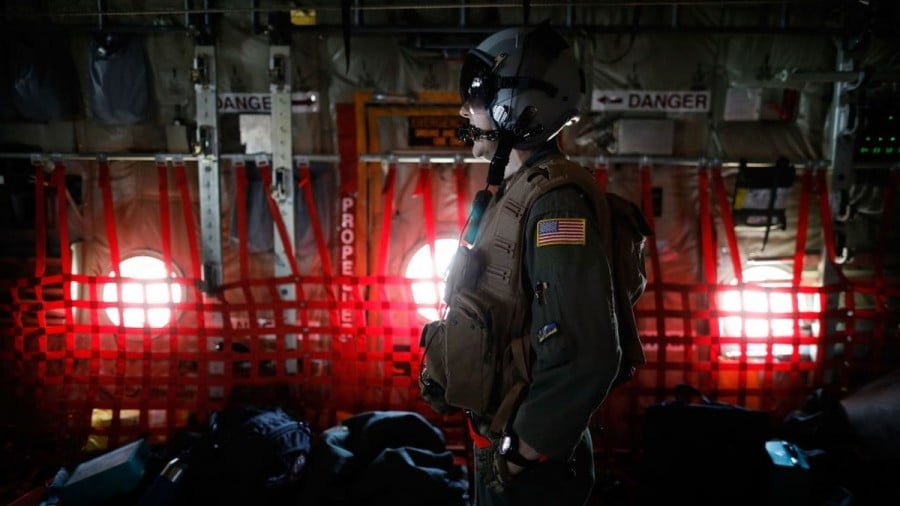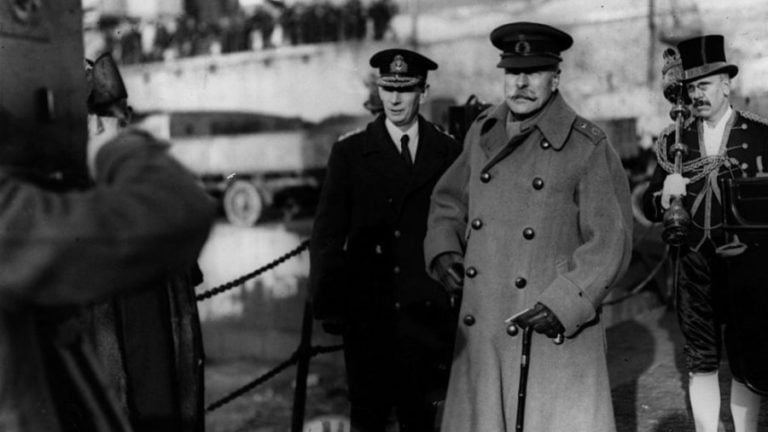India and Pakistan Take Steps Towards Improving Relations
First of all, let us emphasize once again that the process of defusing tensions between India and Pakistan, crucial to the situation in the Indo-Pacific region, has been “on its way” since February of this year, and it is at its very beginning. Let us also recall the de facto nuclear status of both countries, which since their independence (in the late 1940s) have been positioned as seemingly hopeless opponents.
However, the level of tension in bilateral relations has fluctuated quite widely throughout this time. The latest period of sharp aggravation should be counted from the summer of 2019, when India implemented the famous administrative changes in the state of Jammu and Kashmir, the main “apple of discord” in Indo-Pakistani relations.
It should be noted that around the same time another drop started in the “sine wave” of India’s relations with China, which is now Pakistan’s main ally. By the summer of last year, we were nearing the line for a full-scale armed conflict between the two Asian giants. The way out of this dangerous state (apparently, since last fall and mostly “non-publicly”) is in the format of the whole India-PRC-Pakistan triangle.
In early February, General Qamar Javed Bajwa, commander of Pakistan’s Ground Forces, declared the need to “reach out for peace on all fronts.” On February 24, military representatives of both countries signed a cease-fire agreement on the so-called Line of Actual Control, which separates the Indian state of Jammu and Kashmir from Pakistan. The next day there was a telephone conversation between the Indian and Chinese foreign ministers, the first bilateral contact at this level since September 2020, when the two ministers met in Moscow at an SCO event.
The timeliness of the launch of the détente in Indo-Pakistani relations is evidenced by the dangerous situation that emerged by February 2021 in the LoAC area. Altogether the Indian side has recorded more than 4,600 ceasefire violations of various scales (“by Pakistan”) in the previous year, that is on average about 12 per day.
Let us address two important reservations to this information. First, it rather illustrates the situation in general on the 750 km long (quasi-)border separating the Indian state of Jammu and Kashmir from the Pakistani province of Gilgit-Baltistan, but hardly clarifies (as always in such conflicts) the question of “who started it and who retaliated”.
Second, Jammu and Kashmir’s law enforcement agencies link (directly or indirectly) ongoing terrorist attacks in their subordinate territory to Pakistan. At the end of March, two officials of a small town located 50 km from the state capital Srinagar were the victims of another armed attack by militants.
It is appropriate once again to express the author’s doubt about the existence of a specific phenomenon called “terrorism”. There is a terrorist method of combat, which is used for certain purposes by those or other participants in the game in the world political arena. And it is not always clear who these “participants” are and what their (real) “goals” represent.
In a correspondence resumed since March with their Pakistani counterparts, the terrorist attacks in Jammu and Kashmir are implied by top Indian officials as the main obstacle to the positive development of bilateral relations. In particular, the theme of the need to create “favorable conditions” (in order to further progress in bilateral relations) is clearly seen in the message sent by Indian Prime Minister Narendra Modi to his Pakistani counterpart Imran Khan on March 23.
The response from Pakistan tends to be, first, its noninvolvement and the “internal” nature of the terrorist attacks in Jammu and Kashmir, and, second, the need to restore the situation there, which preceded the above-mentioned 2019 transformations. The latter is also seen as a precondition for the further development of the outlined positive aspects of bilateral relations. In a similar vein, in mid-March, the same General Qamar Javed Bajwa expressed his view that it was time for Islamabad and Delhi to “bury the past and move forward.”
Well said. It is only a matter of actually seeing his words realized, in which, in fact, the first important steps have already been taken. Some of them were discussed above. The improvement in the overall picture of Pakistan-India relations is also evidenced by the announcement that 45 million doses of the Indian-made Covishield vaccine have already been delivered to Pakistan. Another 16 million doses will be delivered by June.
However, the persistence in bilateral relations of fundamental differences in assessments of the nature of significant problems predetermines directly opposite expert assessments of the prospects for the outlined process of eliminating (excess) tensions between the two nuclear powers of the South Asian region. Given the general uncertainty of the situation on the table of the “Great World Game,” any predictions about the further development of relations between them remain in the realm of guesswork.
Nevertheless, it seems appropriate to make some comments on the possible transformation of the foreign policy of one of the world’s leading powers, India being one of them. After the removal of particularly acute tensions in relations with Pakistan and China, the country’s leadership faced a fundamental fork in the choice of the vector of further movement in the foreign policy arena.
One direction is to develop the emerging positive aspects of relations with both of the country’s largest neighbors and to make this process more comprehensive. This would fit in with the general principle that “Asian problems should be solved by Asian countries.”
First and foremost, territorial problems, which are at the root of all other regional woes, must be solved. The basis for such a solution (inevitably painful and compromising) can only be mutual acceptance of the status quo. Although the positive resolution of some internal problems, especially in the area of inter-religious relations, is also important.
The second direction boils down to a positive response to quite transparent signals emanating both from the United States and from some leading European countries (mainly Britain and France) about India’s active involvement in various multilateral configurations with a rather blatant anti-Chinese orientation. There is, for example, the resounding opinion of the possibility of some cooperation with NATO, which has recently identified China as one of the main sources of concern of this alliance. But following this second track would almost certainly make the current détente in India’s relations with the PRC and Pakistan temporary.
As China’s relations with a generalized (but increasingly phantom) “West” worsen, New Delhi has less room to maneuver between these two foreign policy vectors. In the author’s opinion, the manifestation of this maneuvering is the recent strengthening of the European component in India’s foreign policy. There is even talk of a “European year 2021″ of Delhi’s activity in the foreign policy arena.
However, this last topic deserves a separate discussion.







